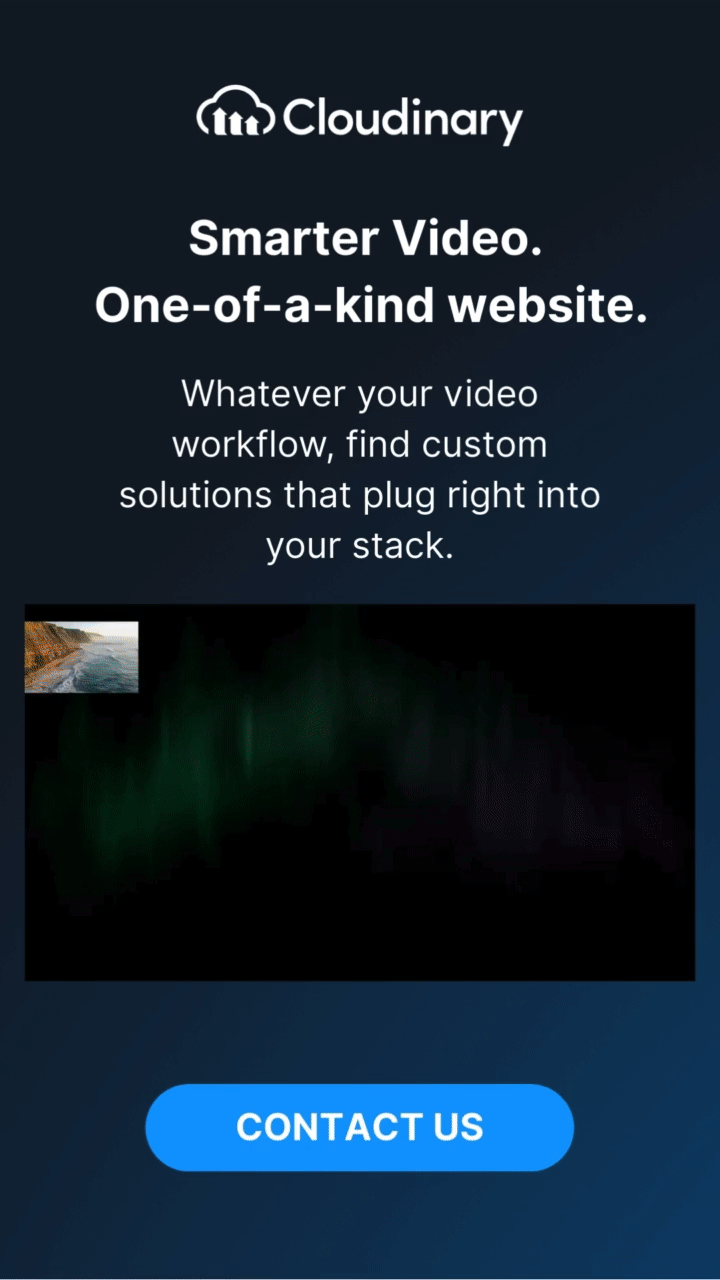
What is Near Video on Demand (NVOD)?
Near Video on Demand (NVOD) is a pay-per-view (PPV) system designed to provide viewers with access to video programming on a pre-determined schedule, rather than completely on-demand. It is considered a type of video on demand service because, unlike true on-demand platforms, NVOD content is made available at staggered intervals, allowing viewers to tune in at a convenient time.
This technology lets customers watch movies, sporting events, or TV shows almost as if they were being streamed live. NVOD is popular in contexts where streaming high-quality on-demand content was previously challenging, such as satellite TV networks or cable services offering premium programming.
How Does NVOD Work?
NVOD operates on a fixed schedule, where a service provider broadcasts the same video content across multiple channels at slightly different start times. This staggered schedule gives viewers flexibility in choosing when to tune in, without waiting for the content to restart entirely. For example, viewers interested in watching a movie on an NVOD service would have several opportunities to join the stream every 15 to 30 minutes.
The content is typically pre-recorded and backed by advanced broadcasting technology. The concept is rooted in the idea of reducing wait times for viewers while ensuring flexibility. Unlike streaming or true VOD services, NVOD does not allow pause, rewind, or fast-forward options since the content is “live-like.”
VOD vs NVOD
While NVOD and VOD (Video on Demand) belong to the same category of enhanced viewing experiences, they are fundamentally different:
Video on Demand (VOD)
- Offers true “on-demand” access to content.
- Viewers can watch, pause, rewind, and forward content at any time.
- Operates over streaming platforms, requiring reliable internet or data connections.
- Examples: Netflix, Disney+, Hulu.
Near Video on Demand (NVOD)
- Has staggered schedules for programs, allowing viewers to join the stream at fixed intervals.
- Typically used by cable or satellite providers where full on-demand services may not be practical or available.
- Offers less control, with no options for pausing, rewinding, or fast-forwarding.
- Examples: Older cable PPV systems, satellite channels’ movie broadcasts.
In summary, VOD provides complete control and flexibility, while NVOD offers limited but convenient access to scheduled content.
Advantages and Drawbacks of NVOD
Advantages of NVOD
- Flexibility: Viewers don’t have to wait long periods to watch scheduled content, as staggered programming ensures quicker access.
- Cost-Effectiveness for Providers: Easier for providers to operate than full Video on Demand systems since it uses pre-scheduled broadcasting rather than individual streams.
- Simplicity: It caters to audiences who prefer simplicity over interactive platforms.
- Accessibility: Great for environments with limited internet bandwidth or where infrastructure for full VOD services is unavailable.
Drawbacks of NVOD
- Limited Control: Viewers cannot pause, rewind, or fast-forward, compromising the customer experience.
- Inflexible compared to VOD: Content availability depends on preset schedules, which can still be inconvenient for viewers looking to watch anytime.
- Obsolescence: NVOD struggles to compete with modern streaming platforms offering true interactivity and on-demand access.
- Personalization Limitations: Unlike VOD services that recommend content based on user preferences, NVOD delivers the same content across a broad audience base, lacking personalization.
Where is NVOD Used?
Though it is no longer as popular in today’s streaming-heavy landscape, NVOD is still utilized in specific areas:
- Satellite and Cable TV Providers: NVOD is often employed by cable networks offering PPV movies or events where content is broadcast in intervals rather than full on-demand flexibility.
- Hotels and Airlines: In environments where full on-demand systems may be impractical, NVOD is helpful for providing guests or passengers access to entertainment with scheduled playbacks.
- Training Facilities: NVOD is sometimes used in educational or corporate settings, where pre-recorded materials can be played during fixed intervals for participants.
- Regions with Limited Internet Access: In areas where broadband infrastructure isn’t optimal for streaming on-demand content, NVOD provides a flexible alternative.
Closing Thoughts
For some industries and regions, NVOD is still useful, providing scheduled access to television entertainment. Despite being less common than VOD platforms, it continues to be important, particularly in satellite and cable broadcasting. NVOD offers a middle ground in how we watch videos on demand, blending the structure of old TV with the comprehensive choices of current streaming services.
Despite this, the increase of VOD services has lessened the prominence of NVOD, given that viewers now favor the autonomy, management, and interactivity that streaming platforms offer. Even with its drawbacks, NVOD remains a budget-friendly option in certain contexts, demonstrating the development of video distribution technologies. Although technology evolves, NVOD will continue to become less significant, but it undeniably played a crucial part in the creation of current on-demand services.


